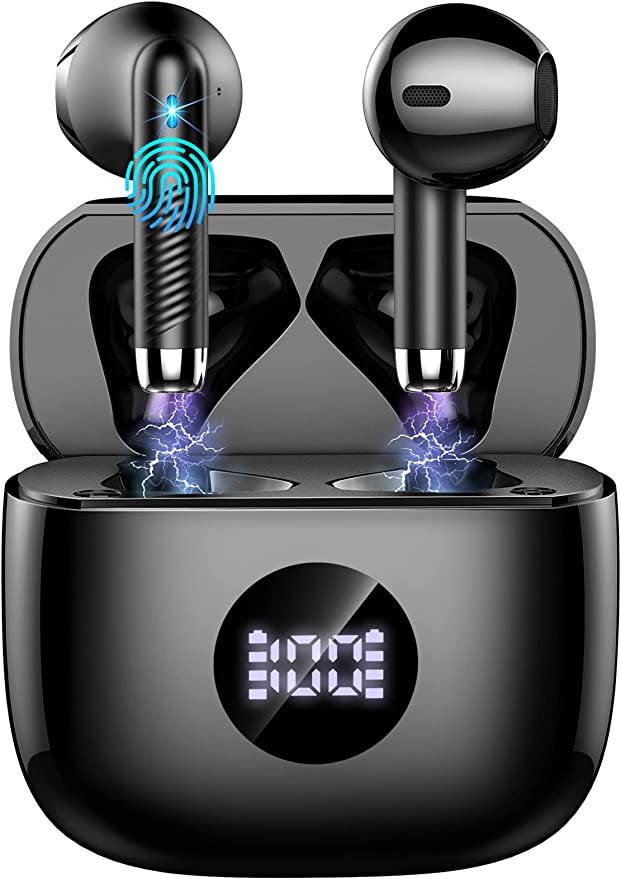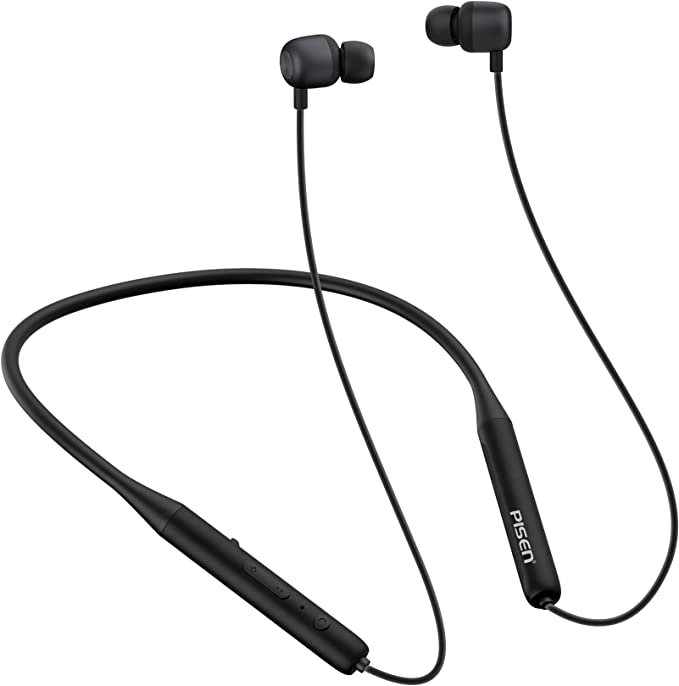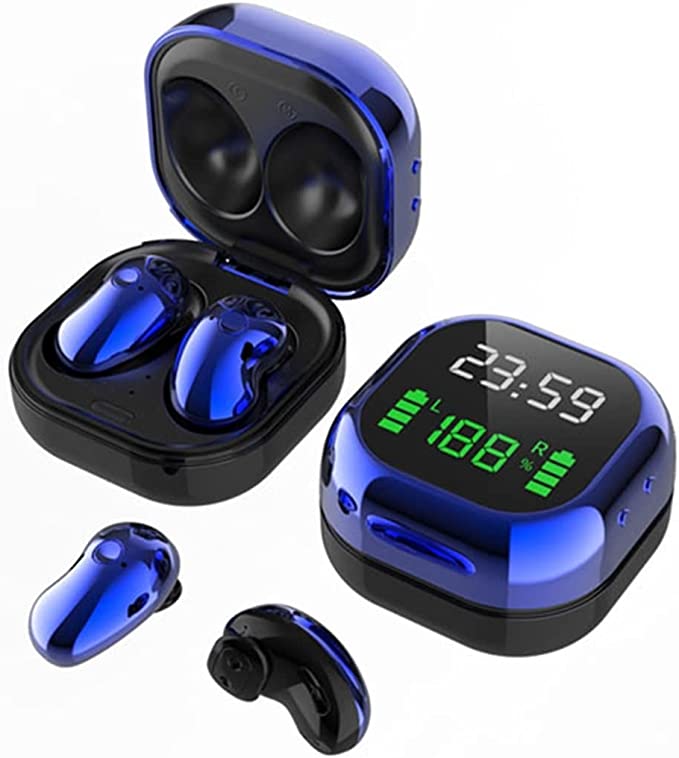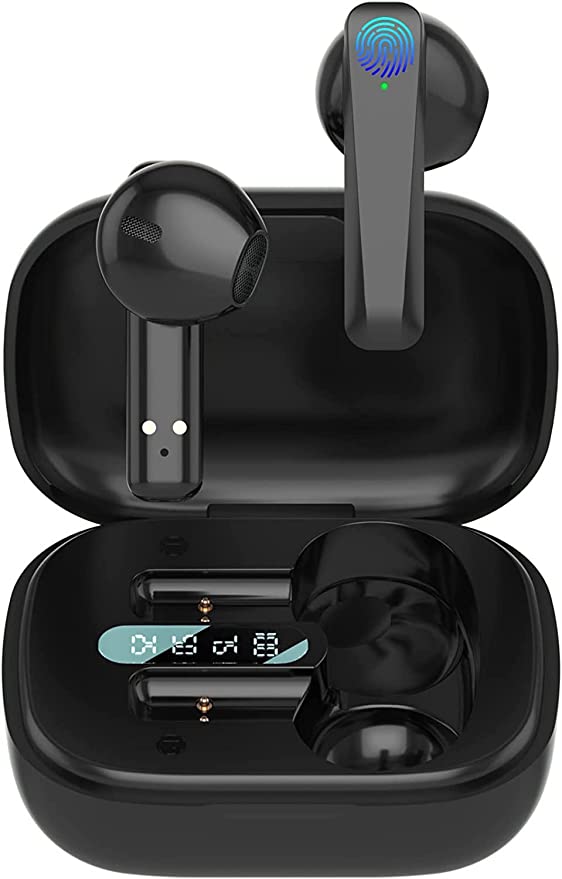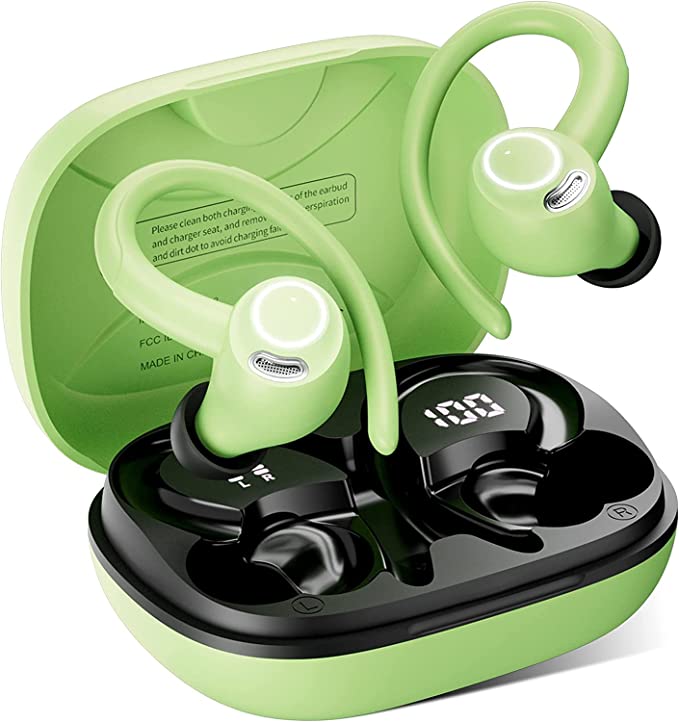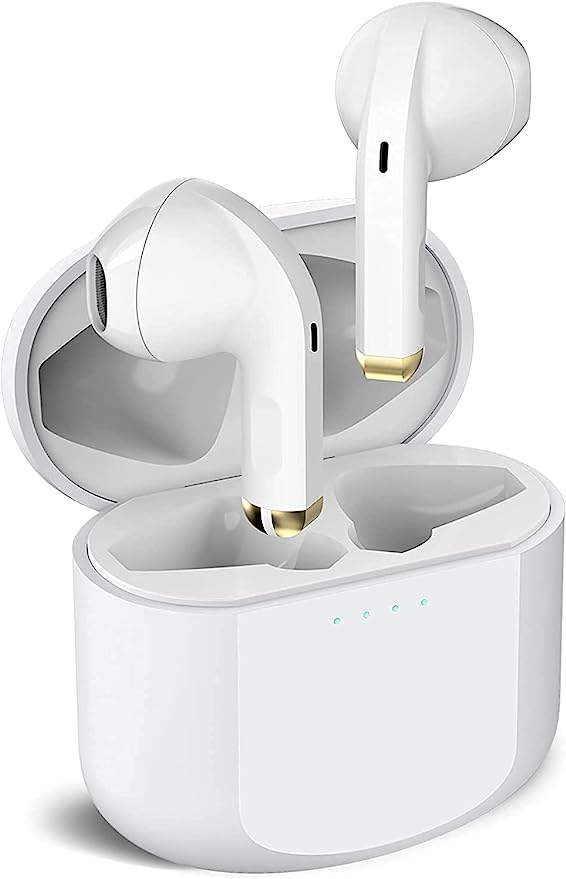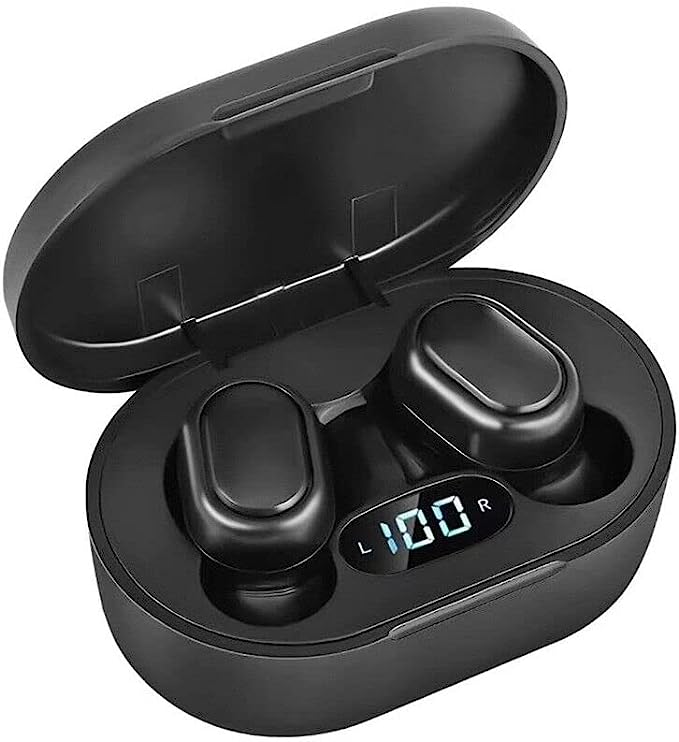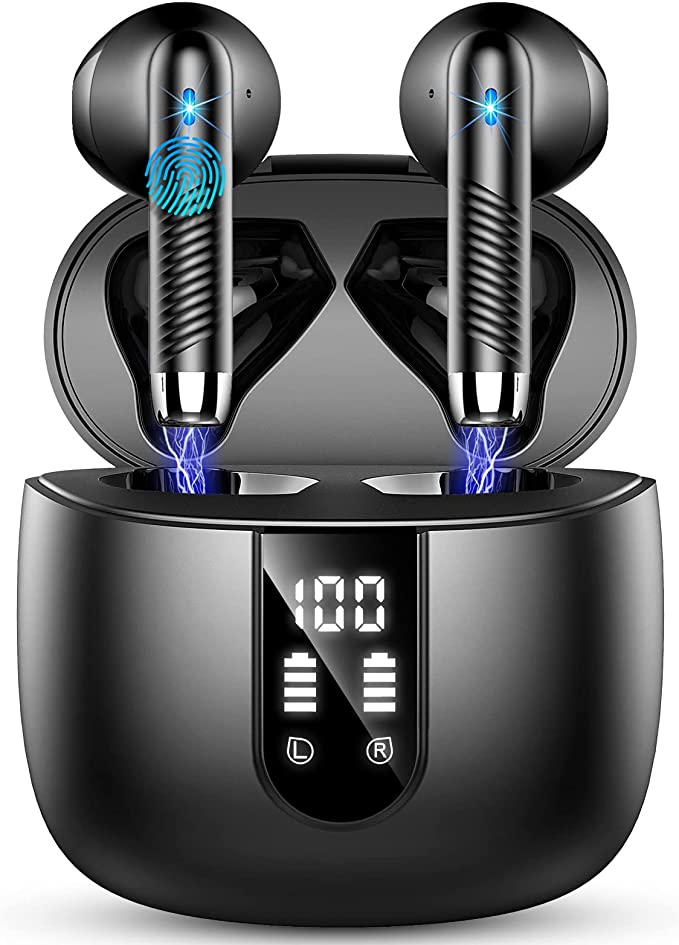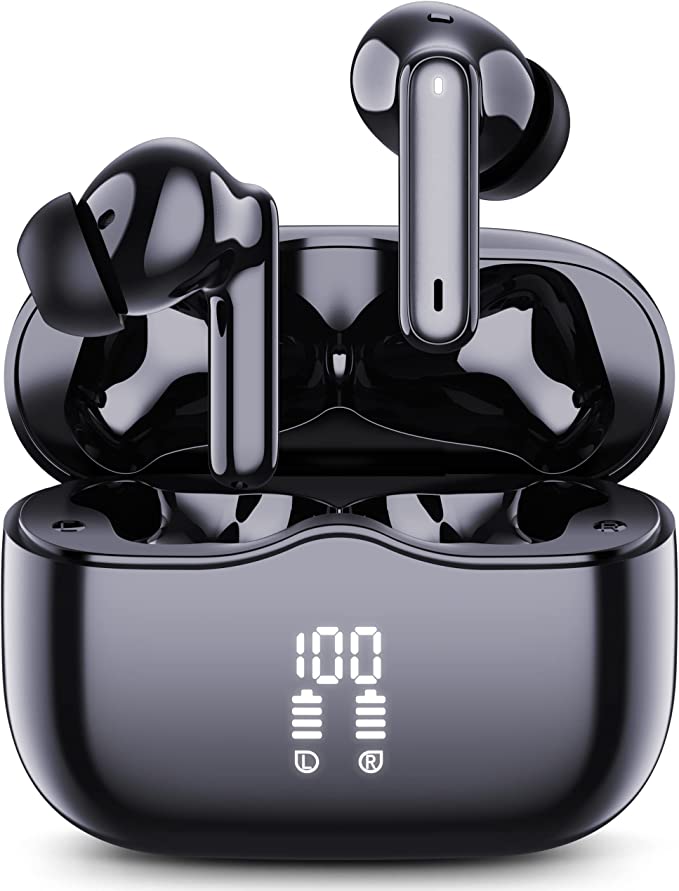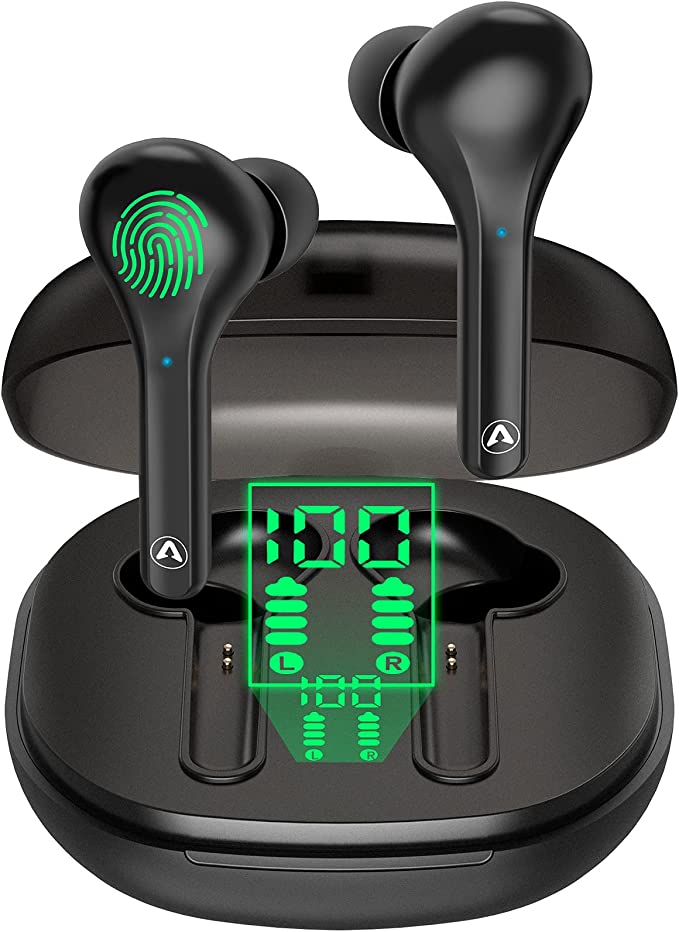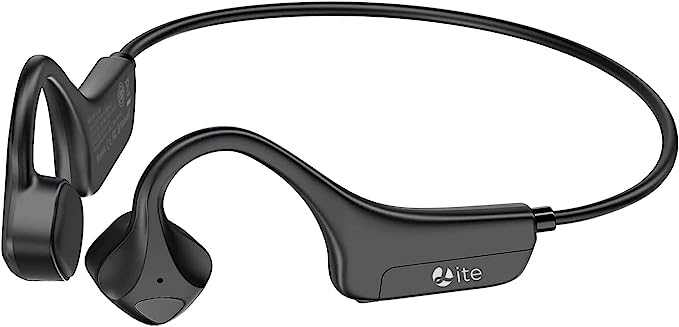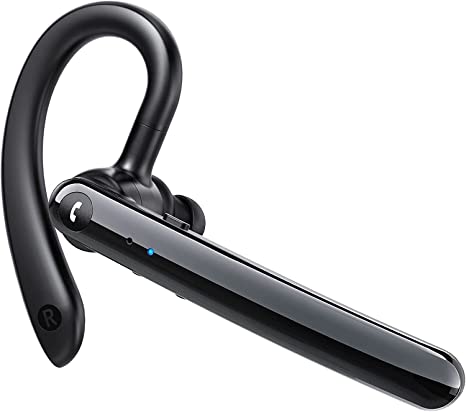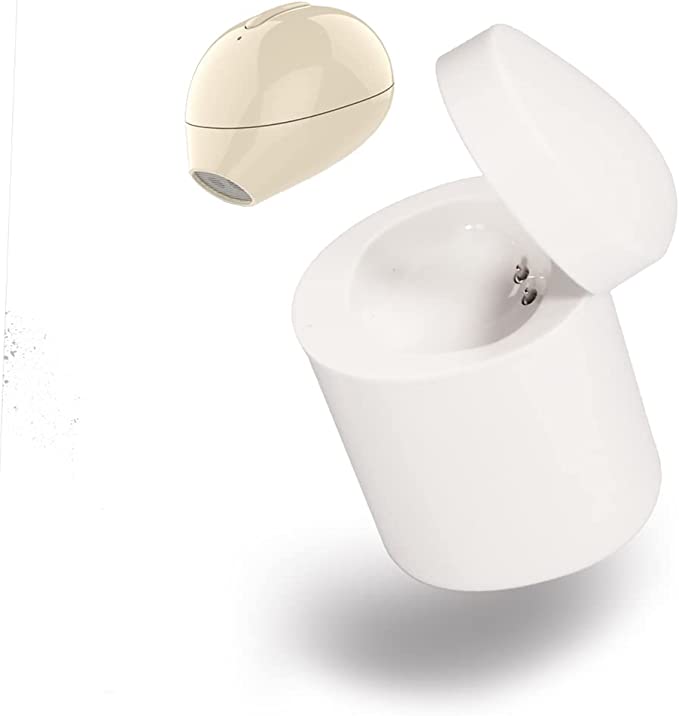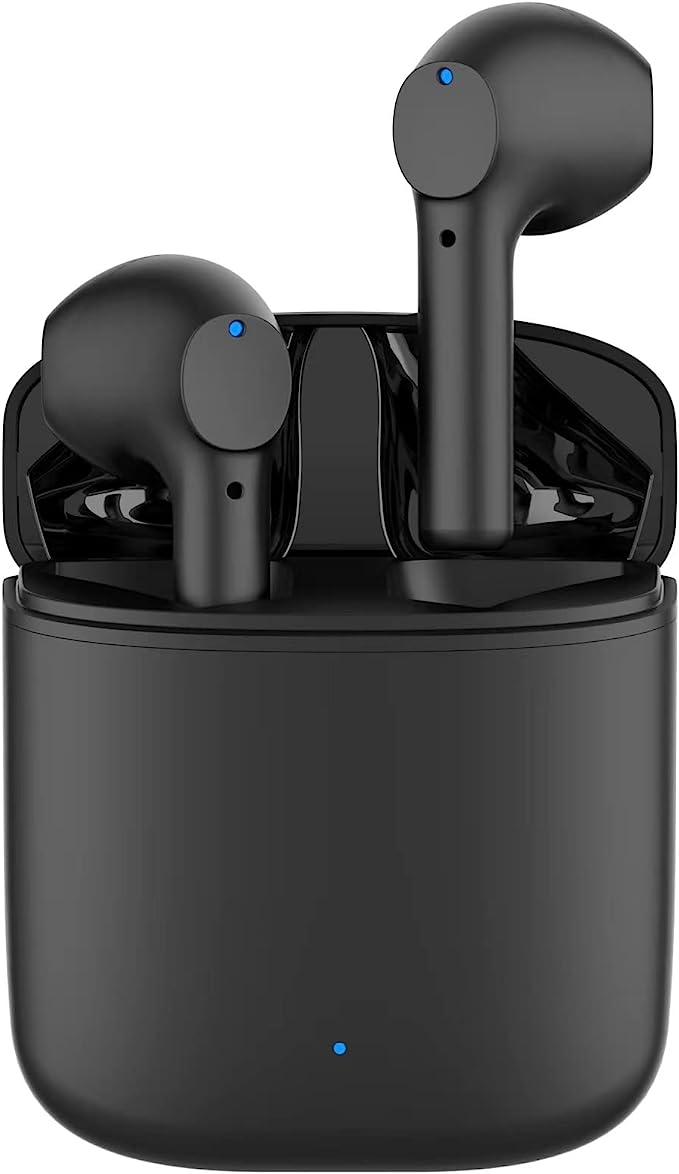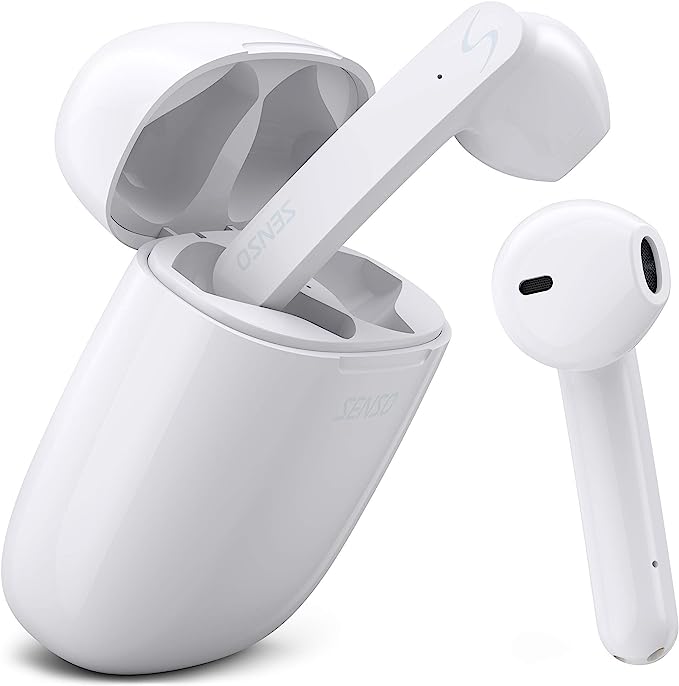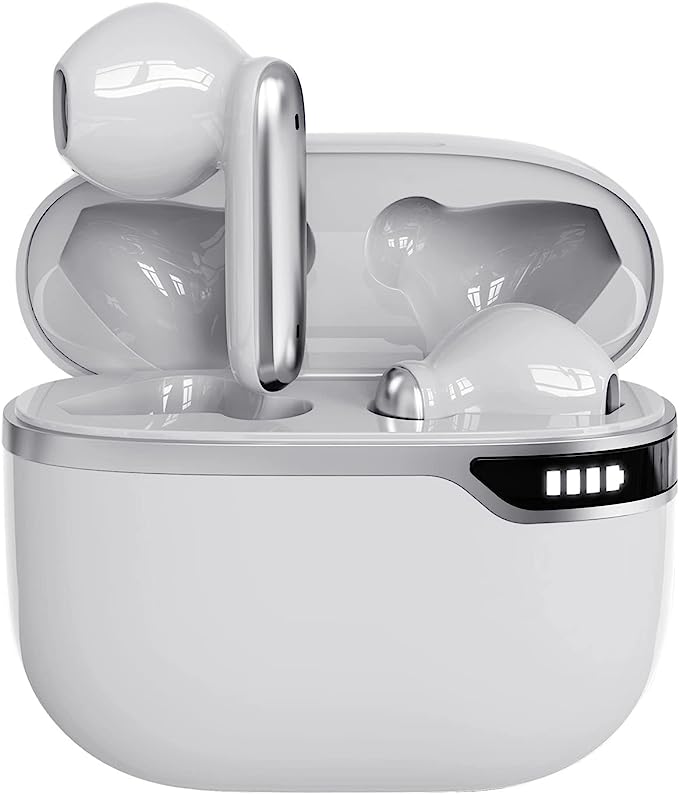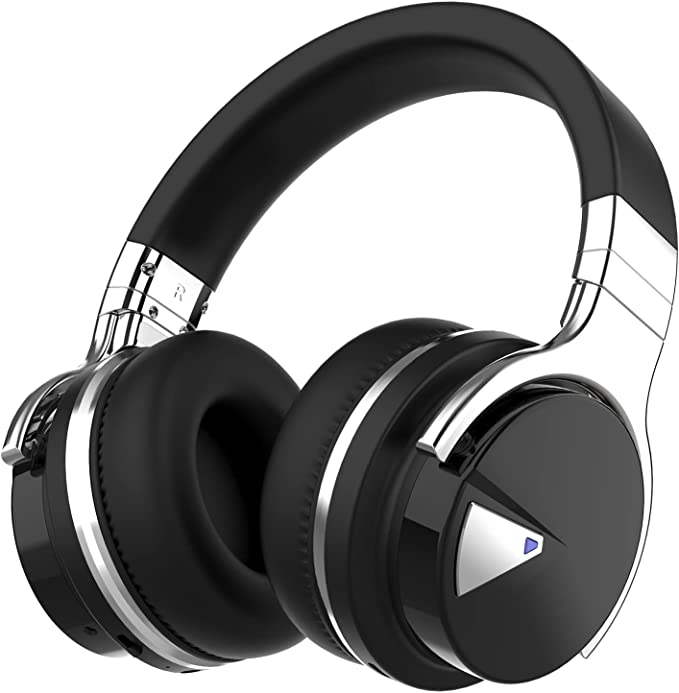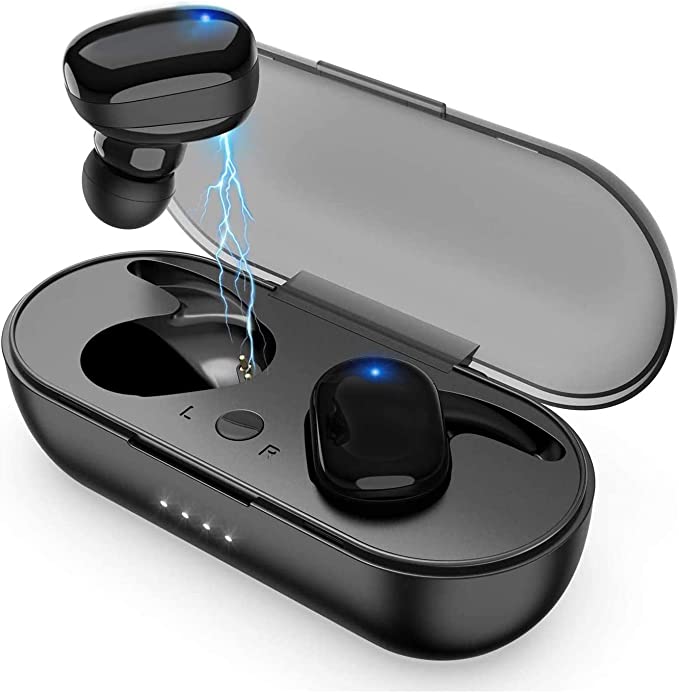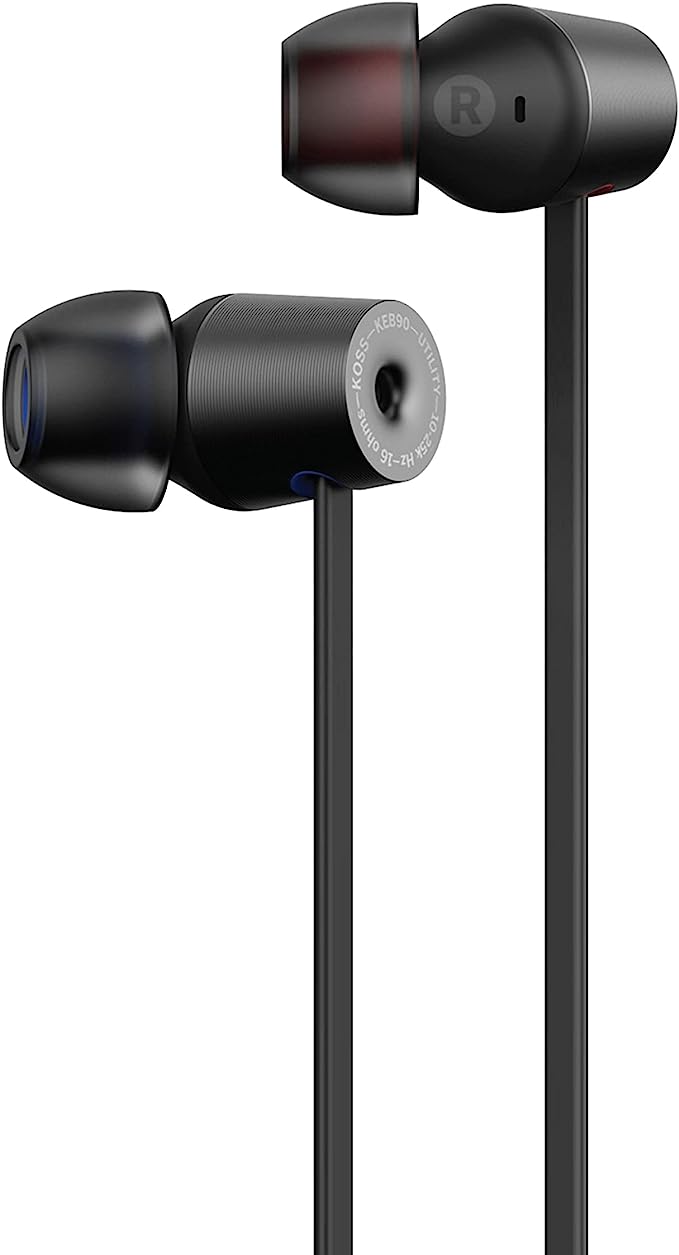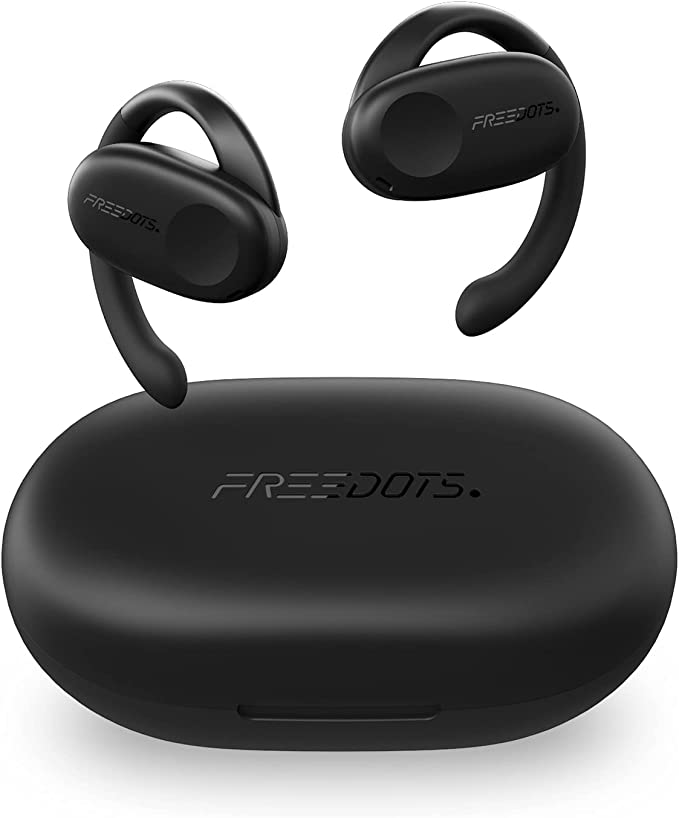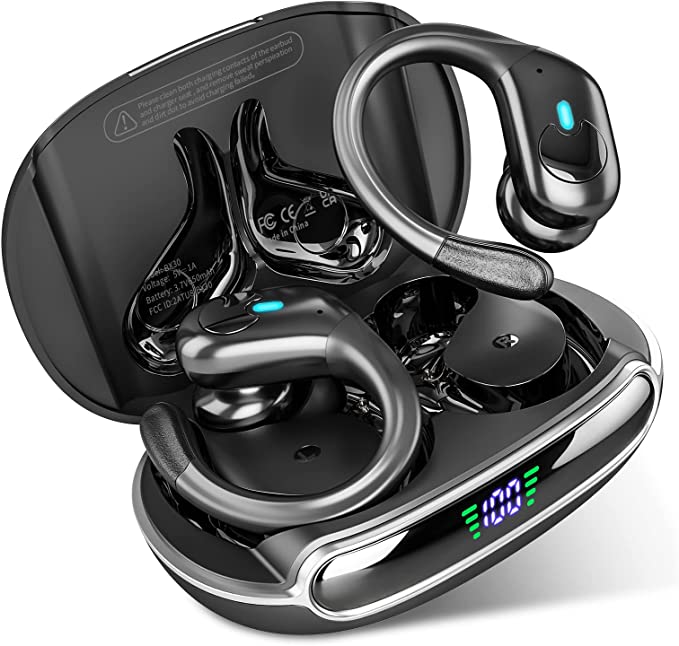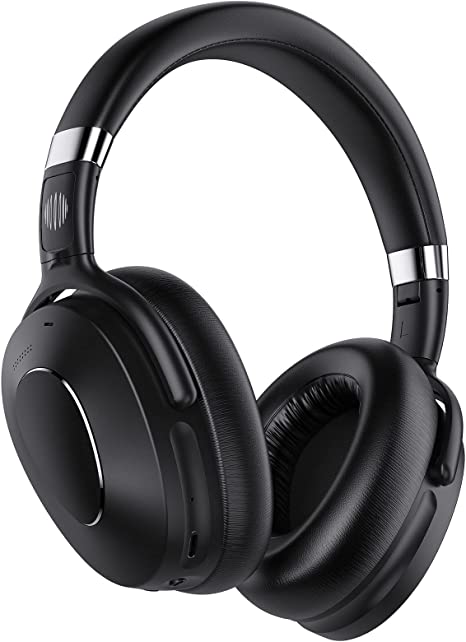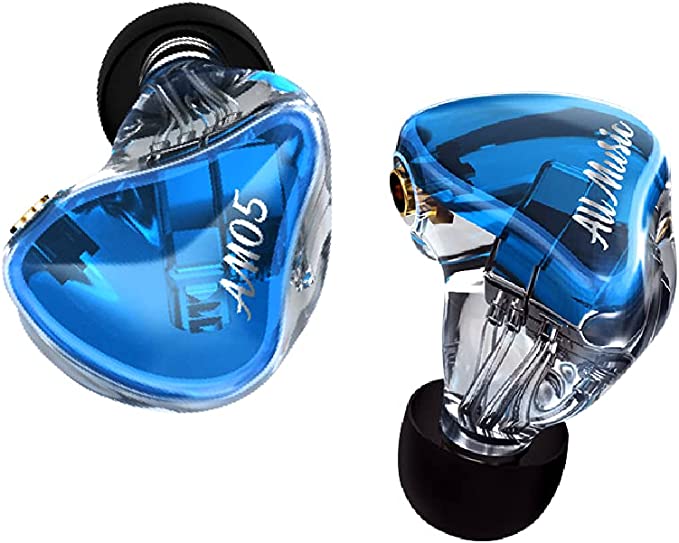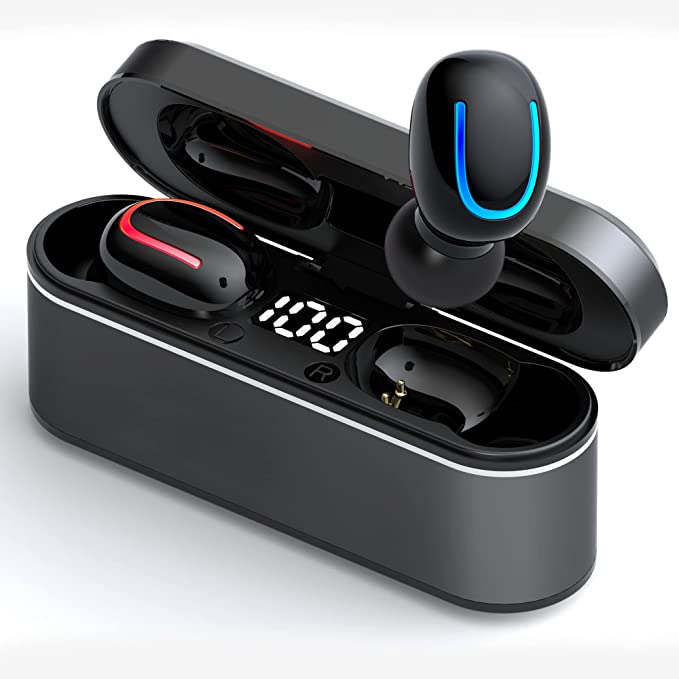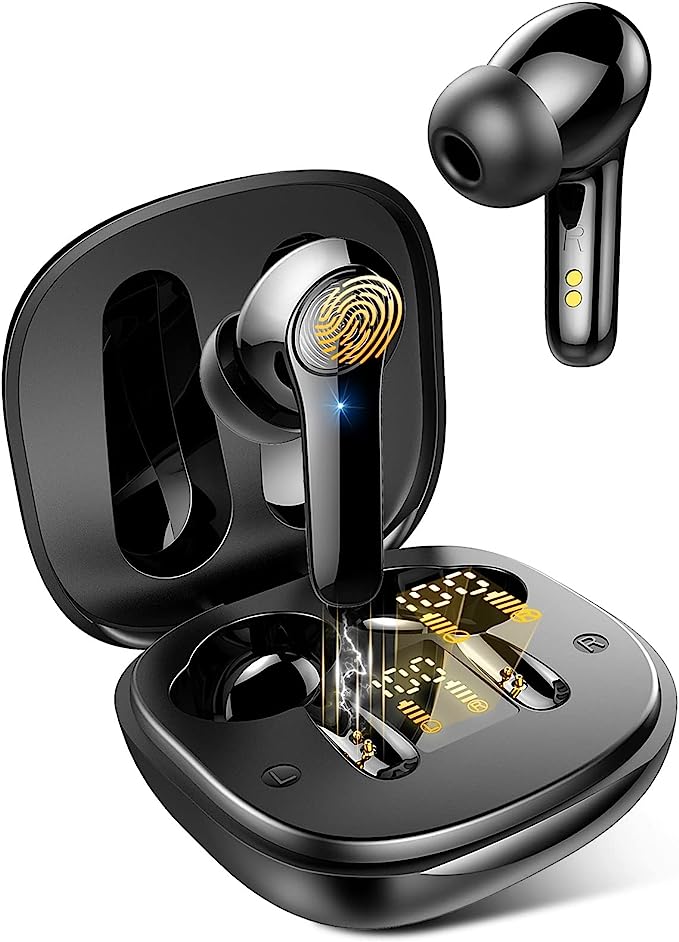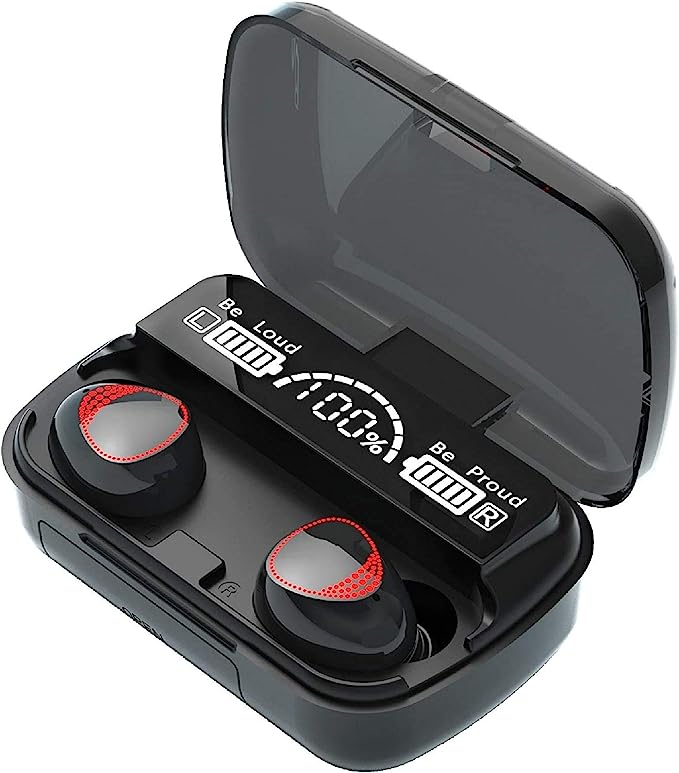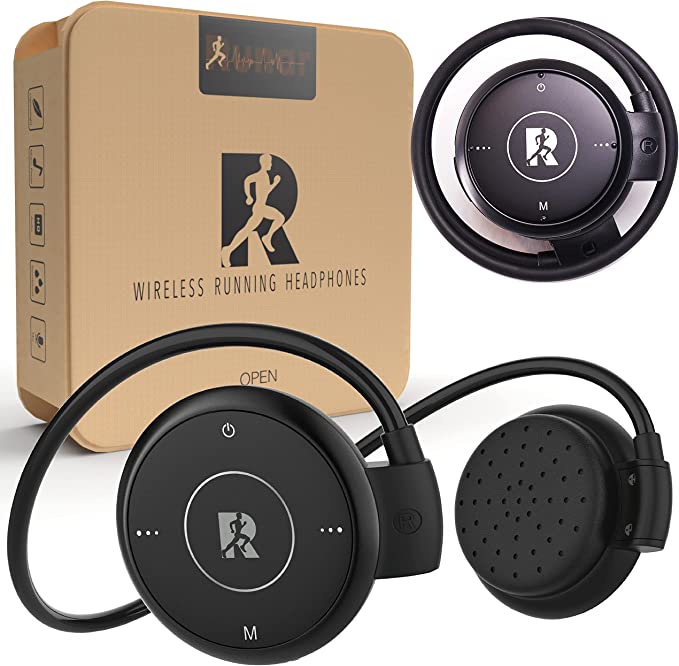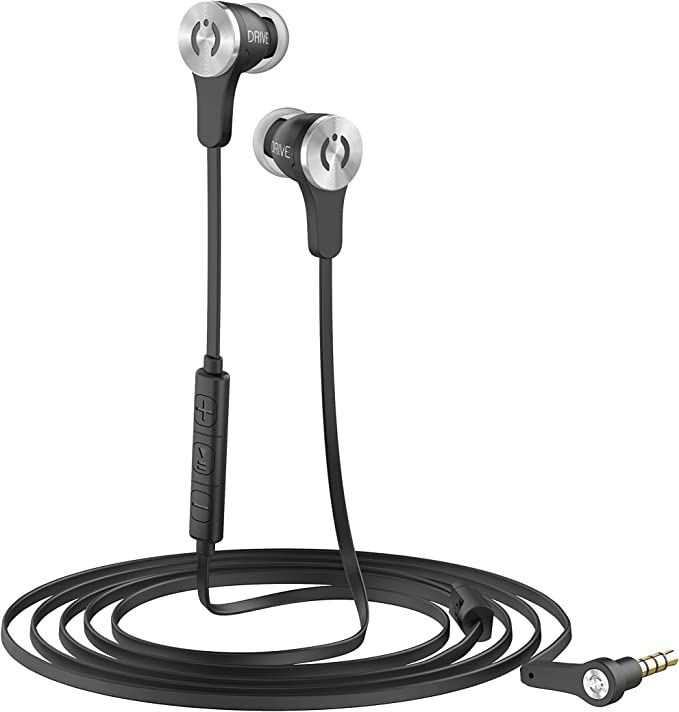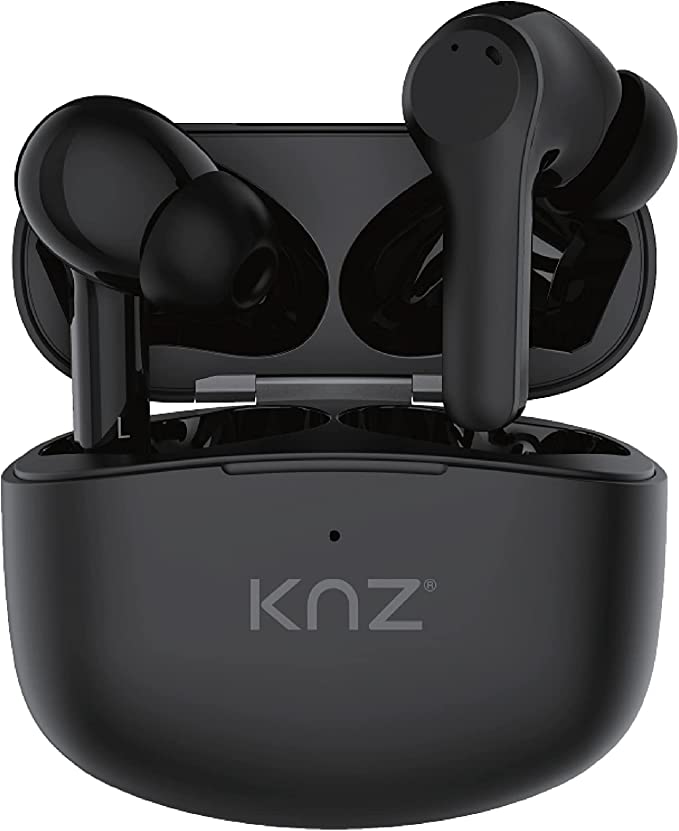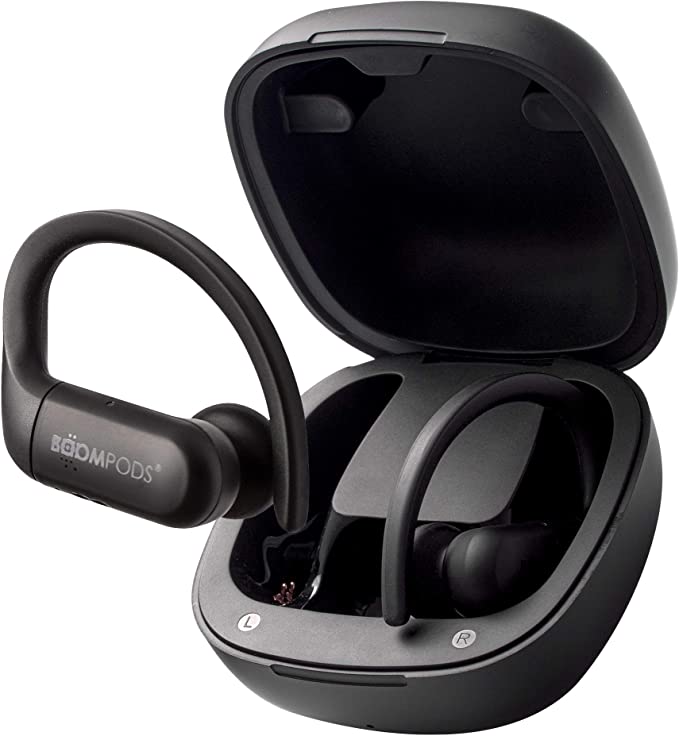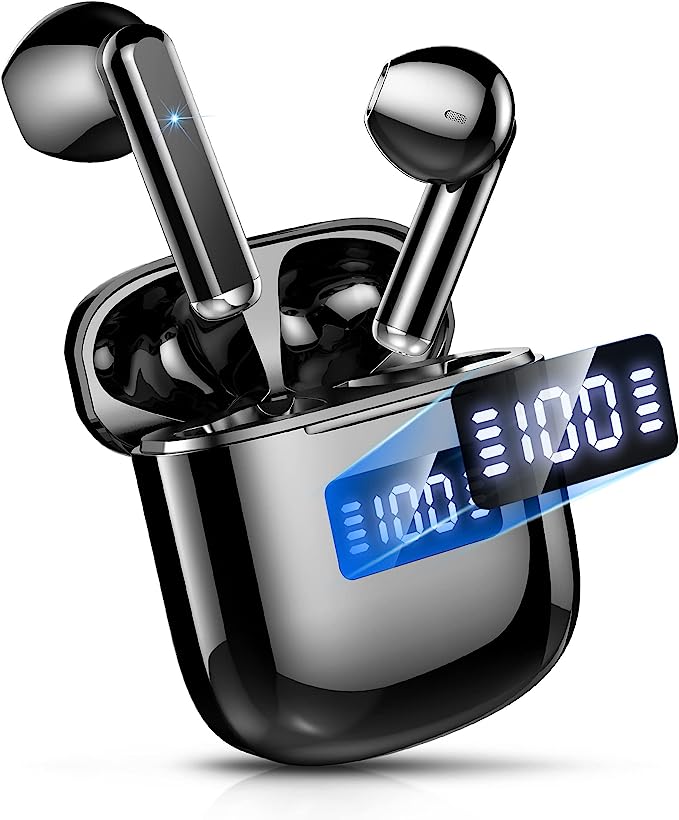Beyond Spaghetti Detection: How AI and LIDAR Are *Actually* Changing 3D Printing
Update on Oct. 26, 2025, 8:53 a.m.
“AI” is the most overused marketing term of the decade. It’s in your phone, your search engine, and now, it’s in your 3D printer. When companies like Creality launch models like the K1 Max, they heavily advertise “Smart AI Functions.”
As tech enthusiasts, our skepticism alarm goes off immediately. Is this real artificial intelligence, or is it just a fancy name for a webcam?
For years, many of us have experienced the sinking feeling of returning to a 12-hour print, only to find a plastic nightmare—a bird’s nest of tangled filament known affectionately as “spaghetti.” The high search volume (over 13,000 weekly) for the term “spaghetti” alone tells you how massive this problem is.
This is where “AI” in 3D printing first showed up. But I’m going to argue that 3D printer “AI” exists in two completely different forms: one is a Passive Alarm System, and the other is an Active Engineer.

Level 1: The “Passive Alarm” (AI Cameras)
The most common form of “AI” is the AI Camera. This is what the K1 Max’s camera (and systems like The Spaghetti Detective) does.
It’s essentially a security guard watching a live feed. It uses machine learning to recognize the visual difference between a “good print” and a “spaghetti monster.” When it sees a failure, it does something simple but crucial: it stops the print and sends you an alert.
Let’s be clear: this is incredibly useful. It’s the difference between wasting 30 minutes of filament and wasting 12 hours (and an entire spool). It’s like a smoke detector in your house. It doesn’t prevent the fire, but it alerts you before the whole house burns down.
But here’s the key: it’s a reactive system. It only springs into action after the failure has already begun.
Level 2: The “Active Engineer” (AI LIDAR)
This brings us to the second, and far more revolutionary, form of AI: LIDAR.
LIDAR (Light Detection and Ranging) is not a camera. It’s a precision instrument that bounces a laser off a surface to create a microscopic 3D map of it. This is the “AI Lidar” featured on high-end machines like the K1 Max and Bambu Lab X1C.
This isn’t a passive alarm. This is an active, proactive engineer that shows up before the job starts to make sure everything is perfect.
The vast majority of print failures, including spaghetti, start with a bad first layer. If the nozzle is too high, the plastic doesn’t stick. If it’s too low, it clogs. If the plastic isn’t flowing right, it creates gaps.
The LIDAR system attacks this root cause. After the standard auto-leveling (which just levels the bed’s tilt), the LIDAR scanner performs a second, more detailed scan.
It draws a few test lines of plastic and then the LIDAR scans them with micrometer-level precision. It’s checking: * Is the Z-offset perfect? (Is the nozzle exactly the right height?) * Is the flow rate correct? (Is the plastic coming out at the exact right volume?)
If it detects an imperfection, it doesn’t just alert you. It fixes it. It automatically fine-tunes the Z-offset and adjusts the extrusion flow before your actual model starts printing.

Alarm System vs. Prevention System
This is the fundamental difference. * The AI Camera (Level 1) is a failure detection system. * The AI LIDAR (Level 2) is a failure prevention system.
The camera saves you from a total disaster. The LIDAR saves you from the minor imperfection that causes the disaster in the first place. This is the first real step toward the “set it and forget it” dream. It’s the printer actively participating in its own setup and calibration, rather than just blindly following instructions.
So, is the “AI” in 3D printers a gimmick?
It depends. If “AI” is just a camera that sends you a text when your print fails, it’s a very useful, but limited, alarm system.
But if “AI” means a LIDAR scanner that actively measures and calibrates the single most important part of your print (the first layer), then it’s not a gimmick at all. It’s a fundamental shift in reliability. It’s the difference between a tool that needs a hobbyist’s constant supervision and an appliance that you can actually trust to do the job.

